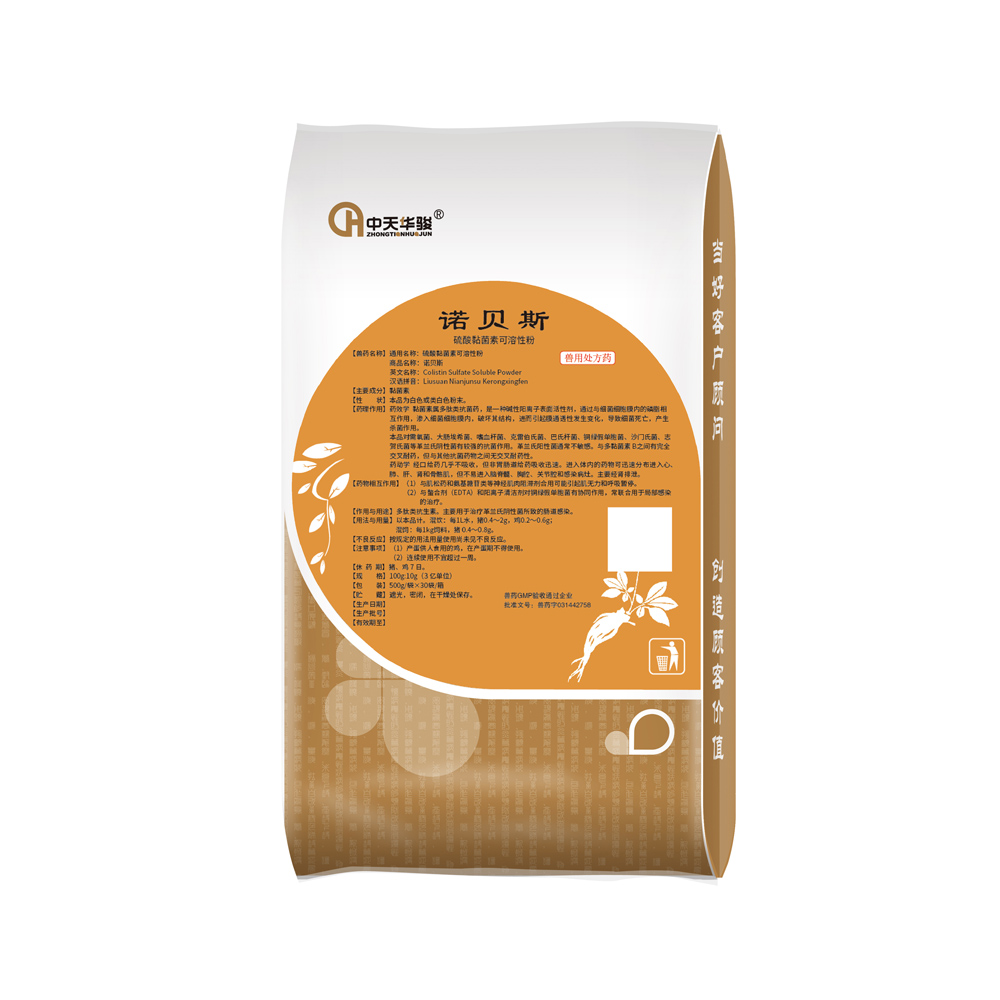
Nov . 22, 2024 01:29 Back to list
mycoplasma in cell culture factory
Mycoplasma in Cell Culture Factories A Hidden Threat
Mycoplasma contamination remains a significant and often overlooked challenge in the field of cell culture, particularly in biopharmaceutical manufacturing. These minute, wall-less bacteria are notorious for their resilience and ability to thrive in various environments, making them a persistent threat in cell culture factories.
Mycoplasmas are unique due to their lack of a cell wall, which allows them to squeeze through standard filtration systems designed to eliminate larger bacteria. This adaptability enables them to infiltrate cell cultures without detection, often leading to compromised product quality and safety. As biopharmaceuticals become increasingly complex, the repercussions of such contamination can be devastating, resulting in extensive financial losses and potential regulatory repercussions.
The impact of mycoplasma contamination is multifaceted. First and foremost, it can lead to altered cell behavior, including changes in growth rates, metabolic activity, and protein expression. These changes not only affect the consistency of biopharmaceutical products but also pose risks to patient safety. Contaminated products can introduce unintended bioactive components into therapeutics, raising ethical and legal concerns for manufacturers.
Preventive measures are critical in managing the risk of mycoplasma in cell culture facilities. Implementing rigorous biosecurity protocols is paramount. This includes stringent employee hygiene practices, thorough sterilization of equipment, and the use of dedicated areas for cell culture work. Regular screening and testing for mycoplasma using sensitive detection methods, such as PCR and culture-based assays, can help identify contamination early and mitigate risks.
mycoplasma in cell culture factory

Education and training of personnel also play a crucial role in preventing contamination
. Understanding the characteristics of mycoplasma and the pathways through which they can enter a facility—ranging from contaminated media and reagents to improper handling of cultures—empowers staff to implement preventive strategies effectively.In recent years, advancements in mycoplasma detection technologies have significantly improved the speed and accuracy of screening processes. High-throughput methods and real-time monitoring systems are being developed, allowing for more proactive management of cell cultures and reducing the likelihood of contamination.
Despite these developments, the need for vigilance remains constant. The biopharmaceutical industry must embrace a culture of continuous improvement, where regular audits of contamination controls and detection practices are integral to operations. This not only safeguards the integrity of bioprocesses but also ensures the delivery of safe and effective therapeutics to patients.
In conclusion, addressing mycoplasma contamination in cell culture factories is an ongoing challenge that necessitates a concerted effort from all stakeholders. By prioritizing prevention, early detection, and education, the industry can better safeguard the quality and safety of biopharmaceutical products in an increasingly competitive landscape.
-
Bradsot Solutions Durable & Customizable Industrial Components
NewsMay.15,2025
-
Tilmicosin for Veterinary Use High-Purity Antibiotic Solutions
NewsMay.15,2025
-
Bronchi Manufacturer High-Quality Bronchi Solutions & Supplier
NewsMay.14,2025
-
Hepatic Encephalopathy Neomycin Suppliers High-Quality Treatment
NewsMay.14,2025
-
Premium Tiamulin for Chickens Trusted Manufacturers & Suppliers
NewsMay.14,2025
-
Avian Pox Yeast Culture Trusted Manufacturers & Suppliers
NewsMay.13,2025




